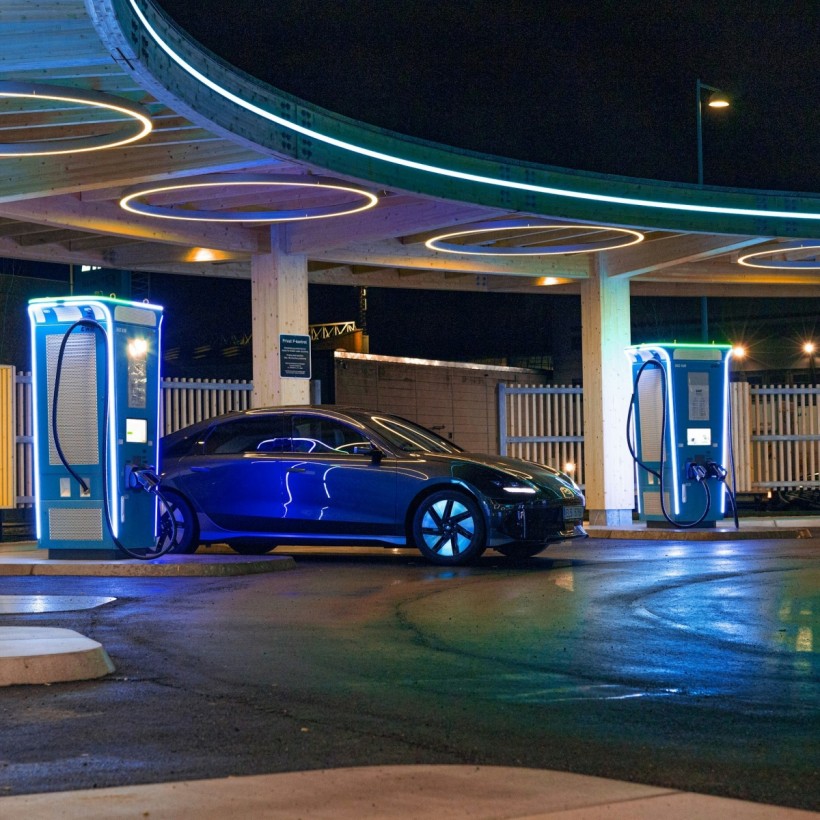
Despite much of the promise of Electric Vehicles (EVs) being the next generation of motoring, 2023 and 2024 have cast a pall on that notion.
With inflation remaining high around the world and cost-of-living crises hitting much of the Western (and developing) world, the higher price of EVs relative to petrol or diesel vehicles (Internal Combustion Engine or ICE vehicles) and rollback of incentives by governments emphasising austerity has taken some of the charges away from EV's once inevitable momentum.
Many pundits are saying that the EV revolution is on hold—but what does the future actually hold for EVs? What are sales looking like at the moment, and what does that look like going forward?
Current World EV Sales Statistics
Global EV sales on paper, look healthy. EV sales more than doubled in 2021, then grew another 60% in 2022. The marketplace didn't see another doubling, EV sales did increase by a further 35% which is still substantial growth in any sector.
EVs, even four to five years ago, were seen as a niche luxury item. Prices were nowhere near as competitive as they are now; battery charging infrastructure was limited; and driving ranges were hovering around the 300-400km limit, making them unattractive for rural or regional drivers.
Over January 2024, 1.1 million EVs were sold globally—almost double that over the same period last year (660,000.) Note that in 2023, 9.97 million EVs were sold around the world. If this trend continues, 2024 will outpace the sales of the previous year—a 31.3% increase (assuming 1.1m are sold per month without variance.) This "back of the envelope" calculation bears some correlation to real world research.
Growth in China, Stagnation in Europe
According to global technology intelligence firm ABI Research, global EV sales are only set to increase by 21% over last year due to a sudden rollback in subsidies and incentives in market leaders Germany and the United Kingdom.
Despite these rollbacks, western Europe (the Top Four plus the United Kingdom) recorded a 23% increase in BEV sales in 2023, accounting for 1.3 million vehicles sold.
Last year, the US hit a major milestone of 1 million EVs sold, with an increase of 52% year on year and a total market share of 7%.
Other market indicators also point to growth. According to research firm Bloomberg NEF, EV sales in North America are projected to grow by 32%.
Chinese market growth, spurred on by economies of scale and Chinese Communist Party subsidisation of manufacturing, has seen an almost 100% year-on-year growth in the sales of EVs, representing 60% of all global EV sales and one-sixth of the entire Chinese vehicle market.
EV sales in the United States grew over 50% in 2023, and the domestic market saw a 41% year-on-year growth in January.
Contrast the situation in Australia, where subsidies and infrastructure spending are speeding up EV take-up, 8.4% of new cars sold during June 2023 were EVs, a 121% increase over the previous period.
Enabling Mass Adoption
EVs, at least where environmentalists are concerned, are a panacea for slowing anthropogenic climate change and environmental degradation due to carbon emissions. EVs can also enhance urban air quality and overall public health, especially in terms of respiratory diseases.
Despite the societal benefits of EVs, EVs, relative to similar-sized ICE vehicles, are still more expensive to purchase. The upside is post-purchase: EVs are cheaper to maintain than ICE vehicles due to fewer moving parts. EVs are cheaper to run relative to ICEs, especially if drivers use solar panels to charge their EVs or free public charging stations. EVs also have many more future-proof technologies in the car, such as automatic braking, AI-powered collision detection and avoidance, lane change assist, autonomous parking assist, and a whole host of safety features uncommon on ICE-equivalent cars.
EVs are far more efficient where power-to-weight is concerned. An EV can use 70% of the power output converted to thrust compared to about 20% of ICE engines. These days, EV powertrains can accelerate faster than ICE cars and produce huge amounts of torque as they transfer power directly to the wheels instead of through gear-based transmissions.
* This is a contributed article and this content does not necessarily represent the views of sciencetimes.com


![Humans Will Go Extinct on Earth in 250 Million Years; Mass Extinction Will Occur Sooner if Burning Fossil Fuels Continues [Study]](https://1721181113.rsc.cdn77.org/data/thumbs/full/53373/89/56/50/40/humans-will-go-extinct-on-earth-in-250-million-years-mass-extinction-will-occur-sooner-if-burning-fossil-fuels-continues-study.jpeg)











